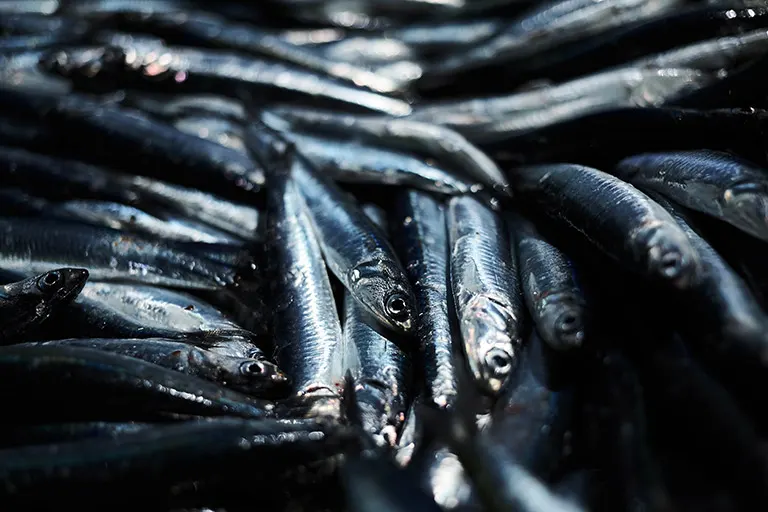
It is the new parasite that is driving fishermen, merchants, restaurateurs and consumers in general crazy.
And it is already a public health problem that affects 36% of fish sold in Spain.
Before panic sets in, let’s know how, when and where to avoid it.
We have all thought at some point that we had never heard of this parasite, and there are several reasons why it has become a boom for some time now.
One of the possible reasons for this fish contamination is the floating factories that clean the fish on board and throw away the guts and other fish become infected by eating them.
Another factor is the increase in the temperature of the water in our seas, which, due to climate change, greatly favors the larvae of the parasite.
It is also true that raw fish is in fashion like never before, a trend brought from other continents and which, like sushi, sashimi, tartar, and ceviche, is making waves on the menus of the most modern restaurants. Here in Spain, homemade anchovies, the kings of summer, present in all the beach bars, as well as grilled sardines, are not spared.
Many consumers think that freezing fish at home will save them from parasites, but this is not the case, since domestic freezers do not reach temperatures low enough to eliminate parasites.
Only freezing it professionally will get rid of anisakis. Vinegar doesn’t kill anisakis either.
“So all raw, undercooked fish (such as anchovies in vinegar) that is sold and served to the final consumer must have been previously frozen, either packaged for sale in shops or unpackaged for serving in bars or restaurants.”
(Via Petroleum Jelly Beans).
Cooking fish at high temperatures will also get rid of the parasite.
And becoming infected can present two major risks: anisakis itself and the allergic reaction.
1. Anisakis itself is the live larvae that, when ingested, adhere to the intestinal mucosa and, through a tooth they have under their oral opening, produce a lot of abdominal pain and inflammation, along with fever, nausea, vomiting and dizziness, and this is the most serious part of the matter.
2. The allergic reaction is characterized by fever, hives and even anaphylactic shock, which is very dangerous and lethal for people already sensitized to this allergy.
To summarize we must take special care with:
Anchovies in vinegar not professionally treated
Fish roe
Uncooked fish such as sushi and varieties
Ceviches or marinated fish type
Various smoked products, wild Atlantic or Pacific salmon
Squid and cuttlefish can also be contaminated.
And regarding preserves, what?
The oil itself does not kill the parasite. In the preparation of bonito and ventresca, they are safe for health since the heat treatment used in professional canneries (not in home canneries) eliminates the anisakis.
Of course, with bonito, boiling at 98°C kills the parasite.
On the other hand, we should be calm with this list of products since they do not need prior freezing:
Oysters, mussels, clams, cockles, and bivalve mollusks
Fish from inland waters, rivers, lakes, swamps and freshwater fish farms such as trout and carp.
Semi-preserved foods such as anchovies in metal or glass containers or other presentations
Dried salted fish such as cod or tuna
So to avoid anisakis as much as possible, as consumers we must know that:
Cooking the processed food by frying, baking, or grilling at more than 60° C frees us from the parasite.
It must be frozen at -20° C or below for at least 48 hours.
Restaurants are required to ensure that any raw fish served must have been frozen at -20°C for at least 24 hours and must be properly registered in order to justify this during a health inspection. All of this must be stated on the menu or on signs announcing this.
For greater safety, industrial equipment is required for safe freezing of fish. Domestic equipment, i.e. equipment with less than three stars ***, does not reach these temperatures, so more days of freezing would be needed, at least 5 days.
For our part, we continue working with the best quality, the strictest health regulations and the best fish.
Pujado Solano
Via: “El Comidista”, “Petroleum jelly beans”, “Aecosan”, Spanish Agency for Food Safety and Nutrition”.